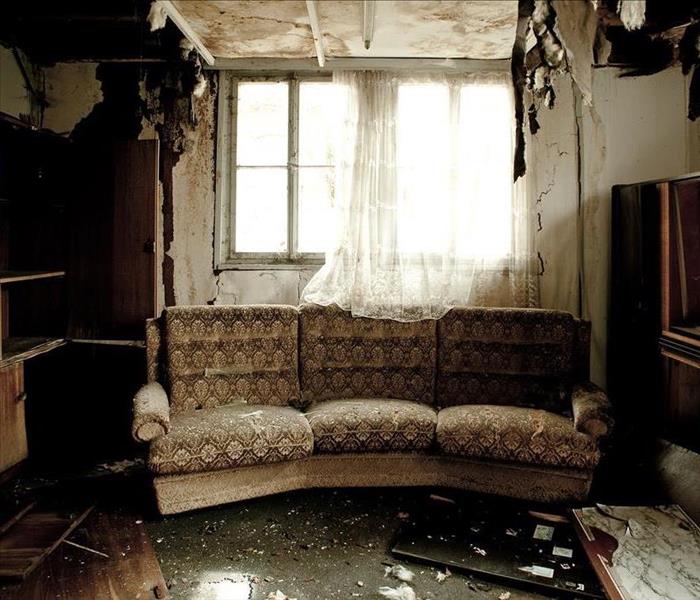How Is Content Cleaning Done After a Fire?
10/14/2021 (Permalink)
Whenever a fire occurs in a home there is damage from the heat and flames, smoke and soot, and the water or chemicals used to put out the fire. Some contents may be destroyed; however, some contents can be restored by using one or more cleaning methods, such as dry-cleaning.
5 Content Cleaning Steps for Fire Damaged Items
Restoring fire-damaged contents can be a difficult process. Smoke and soot stains and odors can linger for years if the correct cleaning techniques are not employed. For many homeowners, it is a good idea to contact a fire restoration company in Salt Lake City, UT, to clean fire-damaged contents. Most restoration companies employ a five-step cleaning process.
1. Take Precautions for Safety
Entering a fire-damaged structure can be dangerous. Restoration professionals take steps to make sure anyone entering the structure during cleanup is safe. To protect workers against smoke and soot particles in the air, respirators are worn. Gloves and other protective clothing protect against contact with soot on surfaces. Workers ensure that there is enough ventilation to keep working conditions safe.
2. Assess the Damage
Next, restoration professionals examine the damaged contents and decide which can be cleaned, which should be placed in content storage and which should be thrown out. They consider the value of the property when making this determination. It is important that this step be completed quickly because the longer soot remains on items, the more damage it can cause. Many items that have not suffered direct damage from fire or heat can be salvaged. Textiles, such as bedding and draperies, can usually be restored by dry-cleaning. Open food items are thrown away. Unopened food may be safe, but if there is any question it should be discarded. Plastic that is melted or discolored can be cleaned, but not restored.
3. Take an Inventory
If anything needs to be cleaned off-site, the restoration company will record which items are removed, where the items are stored, and what condition the items were in when taken out. For insurance purposes, an inventory is also made of any items that are discarded.
4. Perform Content Cleaning
The restoration company will then determine which cleaning method is best for each item and begin the cleaning process. Dry or wet cleaning is usually done for items with light residues. Spray and wipe methods are used for items that can not be wet cleaned without damage. Foam cleaning is often used for upholstery fabrics that may shrink or discolor if wet cleaned. Abrasive cleaning is only done on items that can withstand surface agitation. Immersion cleaning involves dipping items into the cleaning product.
5. Remove Odors
Finally, after cleaning is complete, the restoration company will remove smoke odors. Smoke odor removal may be done by ozone or hydroxyl deodorizing.
Whether you have lightly damaged items that need dry-cleaning or heavily damaged contents that require other techniques, a restoration company can salvage many items damaged by smoke or soot. However, it is important to act quickly before contents become damaged beyond repair.





 24/7 Emergency Service
24/7 Emergency Service
